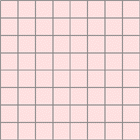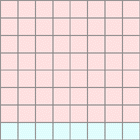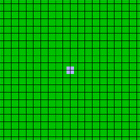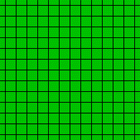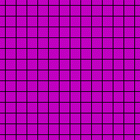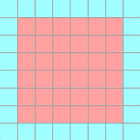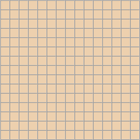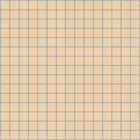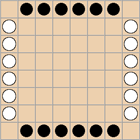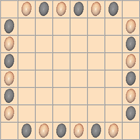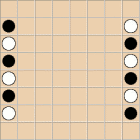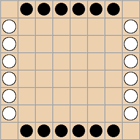|
The right column shows examples of starting position for each game. The real starting position can look a little different for some game types because it depends either on a random factor (Corner Chess, ...) or on player's own choice (Battleships, ...).
Chess (37) Checkers (18) Lines (21) Backgammon (10) Reversi (4) Ships (3) Go (3) Espionage (5) Other (27)
|
Date and time
Friends online
Favourite boards
Fellowships
Tip of the day
|
|
Copyright © 2002 - 2024 Filip Rachunek, all rights reserved. Back to the top |


